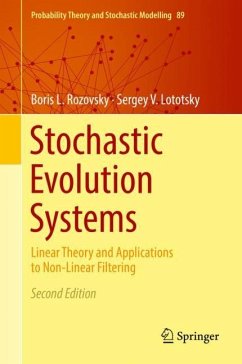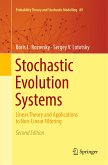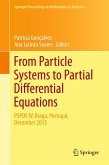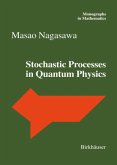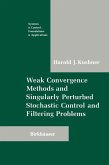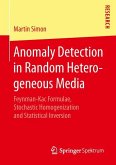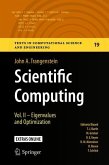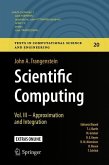This monograph, now in a thoroughly revised second edition, develops the theory of stochastic calculus in Hilbert spaces and applies the results to the study of generalized solutions of stochastic parabolic equations.
The emphasis lies on second-order stochastic parabolic equations and their connection to random dynamical systems. The authors further explore applications to the theory of optimal non-linear filtering, prediction, and smoothing of partially observed diffusion processes. The new edition now also includes a chapter on chaos expansion for linear stochastic evolution systems.
This book will appeal to anyone working in disciplines that require tools from stochastic analysis and PDEs, including pure mathematics, financial mathematics, engineering and physics.
The emphasis lies on second-order stochastic parabolic equations and their connection to random dynamical systems. The authors further explore applications to the theory of optimal non-linear filtering, prediction, and smoothing of partially observed diffusion processes. The new edition now also includes a chapter on chaos expansion for linear stochastic evolution systems.
This book will appeal to anyone working in disciplines that require tools from stochastic analysis and PDEs, including pure mathematics, financial mathematics, engineering and physics.
"The book will be useful for those who are working in the area of applications of stochastic evolution systems in physics, biology and control theory, and require tools from stochastic analysis and partial differential equations." (Anatoliy Swishchuk, zbMATH 1434.60004, 2020)
"A remarkable quality of this monograph is that the results are stated and proved with a great level of generality and rigor. The reader will find many interesting results, as well as lots of long and technical proofs ... ." (Charles-Edouard Bréhier, Mathematical Reviews, October, 2019)
"A remarkable quality of this monograph is that the results are stated and proved with a great level of generality and rigor. The reader will find many interesting results, as well as lots of long and technical proofs ... ." (Charles-Edouard Bréhier, Mathematical Reviews, October, 2019)

